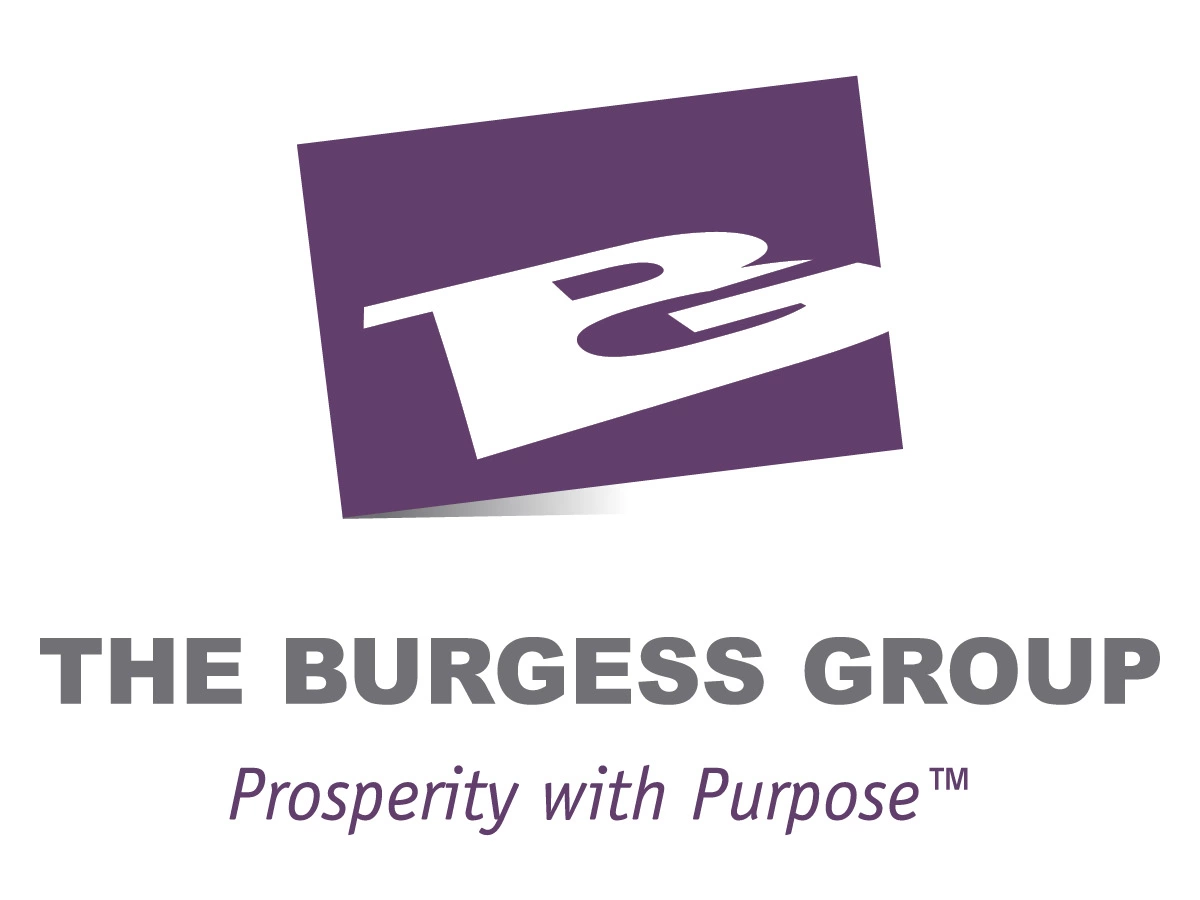Generally, the borrower is an ILIT and is the only obligor with respect to principal and interest due the Lender. Neither the Insured nor the Trustee may be personally liable, except in the case of fraud. However, to the degree that additional collateral is required and has been provided by the Insured, then the Insured is "exposed" for that amount should default occur. Examples of events of default include (a) premature termination of the loan by the insured; (b) significant downgrade or collapse of the insurance company; or (c) insolvency.
This being said, there are generally two main risks associated with premium financed life insurance: Interest rate risk and refinancing risk.

1. Interest Rate Risk:
Interest rate fluctuation is widely cited as the most significant risk in the transaction. Crediting rates change as do borrowing rates. In a rising rate environment, short term rates tend to rise quicker than longer term rates. In the case of universal life policies, all premiums are invested in the general account or fixed-income accounts. The return on a general account product is usually tied to a medium term duration fixed income portfolio managed by or on behalf of the Insurer. Thus, it is possible that the rate charged on the loan may increase with respect to the crediting rate or even exceed the crediting rate for some period of time. This will most likely mean that for some period of time, the Lender will be requesting more additional collateral than perhaps originally anticipated. It may also mean that the need for some additional collateral will last longer than anticipated.
For those policies with index allocation options such as the Dow, the S&P, Nasdaq and international indices, the crediting rates will be tied to the performance of the indices.
Mitigating Factors for Interest Rate Risk: TBG has taken a series of proactive steps with its principal insurance and lending partners to control this risk.
- TBG has helped design specific UL and IUL products that increase the cash values in the early years so as to reduce the amount of additional collateral required.
- TBG has helped design specific UL/Index products that are tied to the S&P , Dow, Nasdaq and international indices, potentially creating upside on crediting rates without risk of principal.
- TBG has arrangements with treasury and currency specialists who may be employed to assist in the management of borrowing costs relative to policy crediting rates.
- TBG has arrangements with several Lenders to provide interest rate caps. The cost of the caps may be financed. Thus, while the cost of the cap or caps may be difficult to determine except at the time of purchase, the cap puts a ceiling on the borrowing rate for a given period of time and at a certain level. There are also times at which borrowing at a long term fixed rate can be advantageous.
- TBG will work with the client to determine the client's risk tolerance to interest rate changes.
2. Refinancing Risk:
Every loan has a maturity. At the maturity, it may not be convenient or possible to repay the loan from the cash surrender value and additional collateral if required. While one may surmise that the existing Lender or another Lender will be ready to refinance, there is a risk that it may not happen. This could lead to an event of default meaning that the death benefit may be forfeited and the additional collateral lost.
Mitigating Factors for Refinancing Risk:- TBG works with those banks who have demonstrated a long-term commitment to premium finance and a clear knowledge of and appreciate for the private bank relationship with the client.
- TBG advises on a series of strategies which reduce the need for additional collateral prior to maturity.
- TBG advises on a series of exit strategies prior to maturity.
- Historically, our Lenders have been creative and solution-oriented when it comes time to refinance the loan.
- Like TBG, our bank partners are committed to the transaction for the long term.
